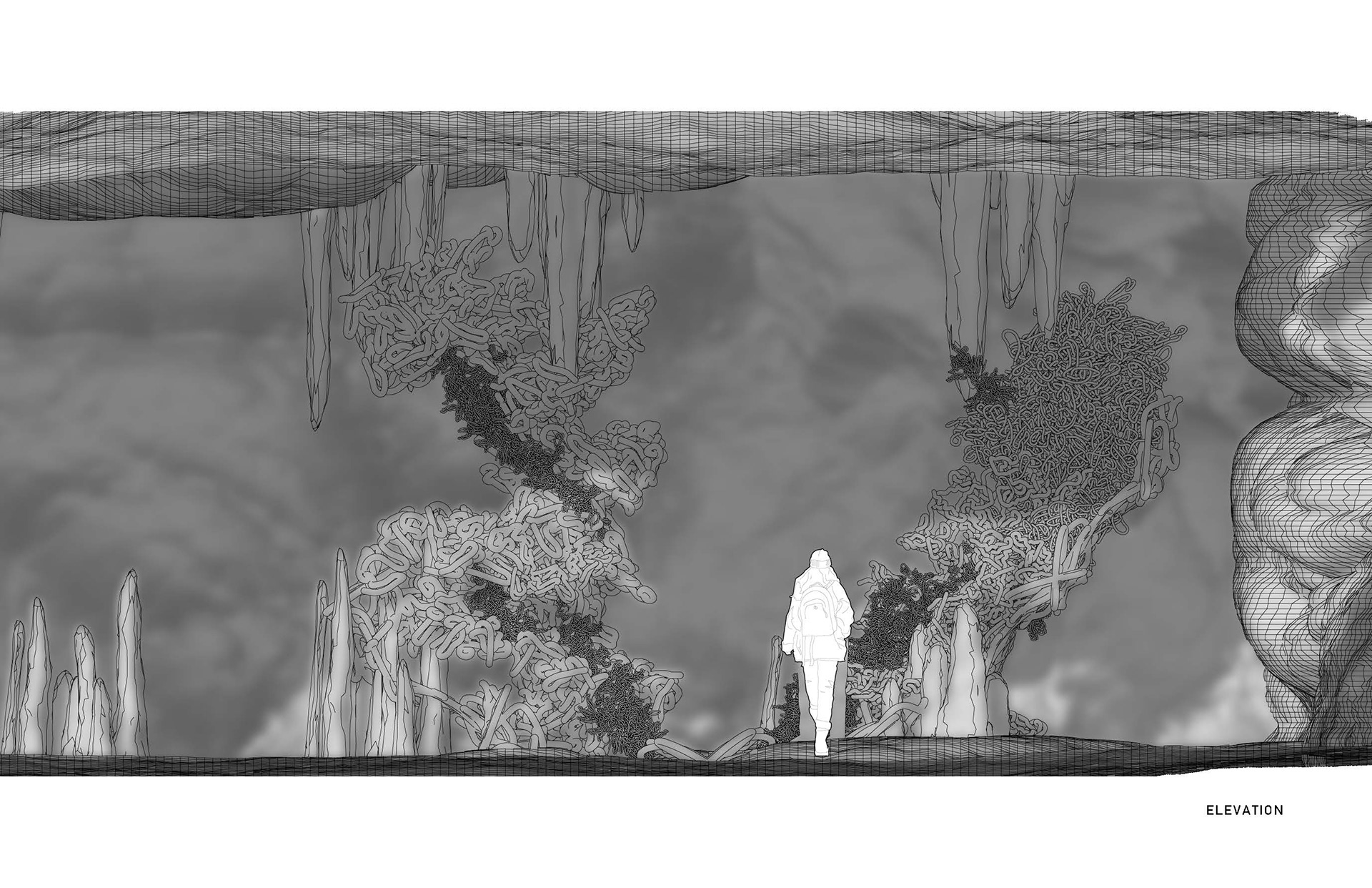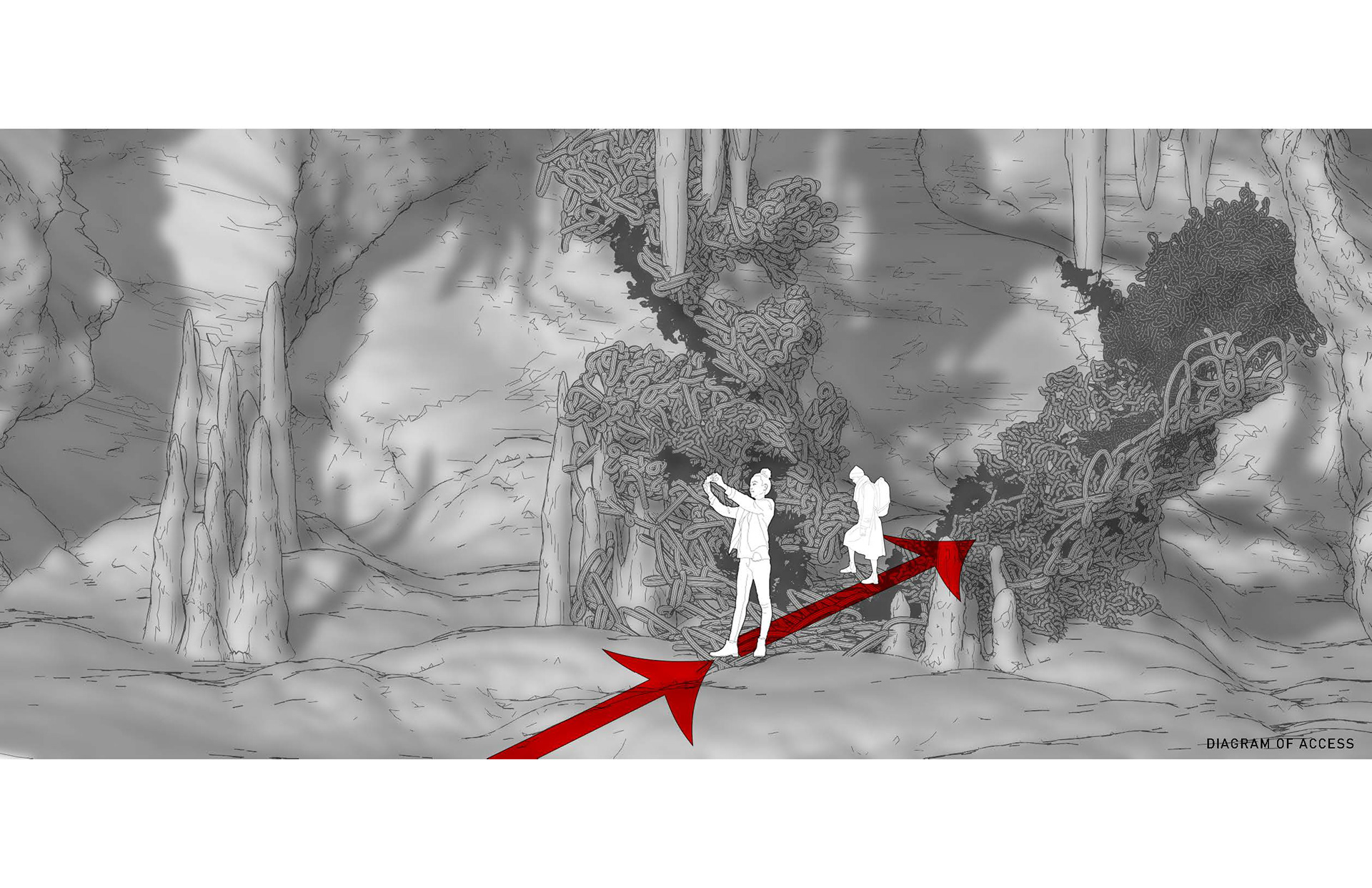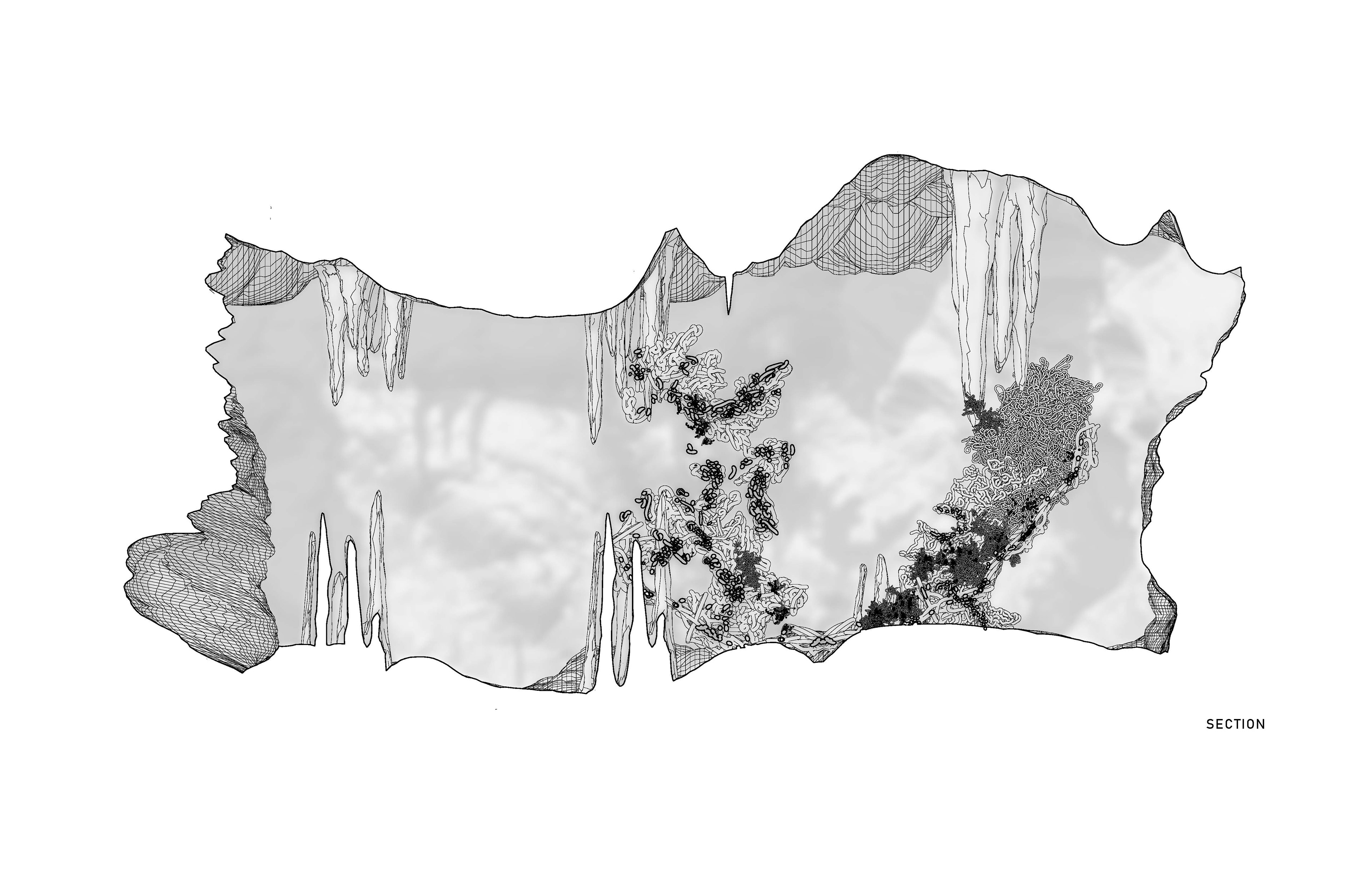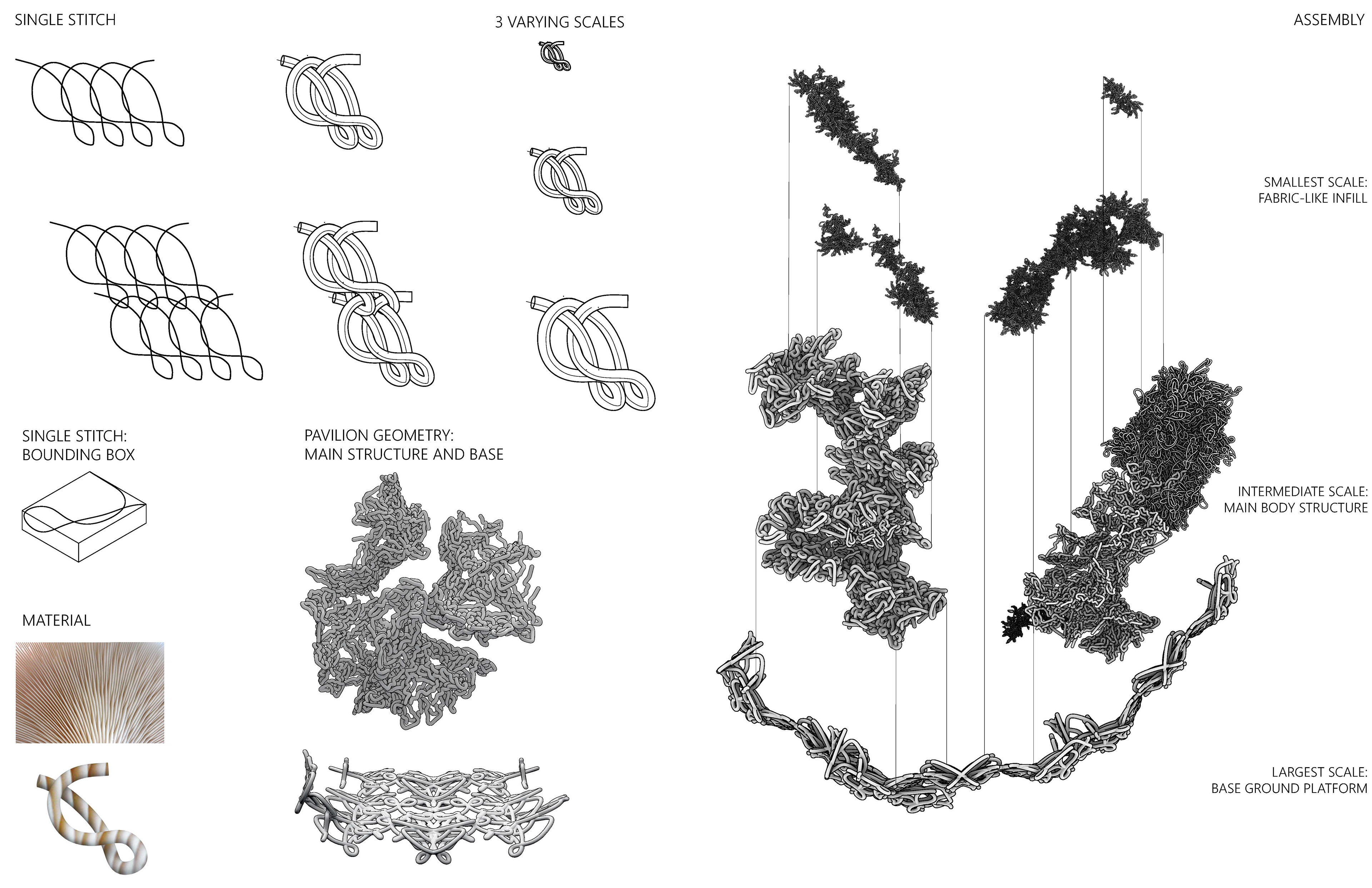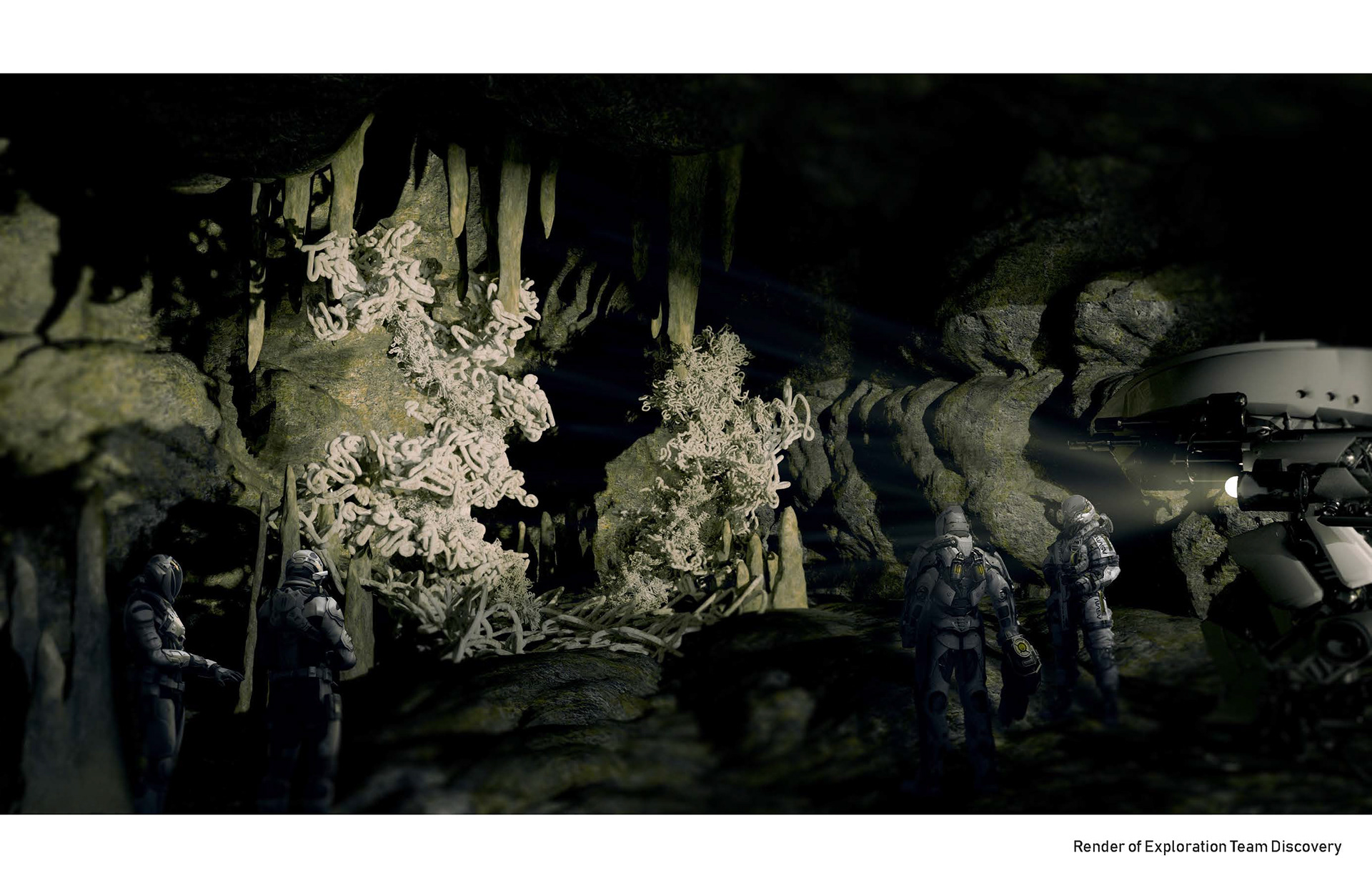Professor: Gisela Baurmann
This seminar focused on researching and using crochet as method to design within architecture. The crochet stitch was examined both physically and digitally for its structural, material and space producing qualities by examining different types of stitches, thickness of the stitch and different patterns that can be used in crochet. Specifically, crochet can be used to create hyperbolic surfaces that are exponentially growing creating more than just a flat surface. Digitally producing these crochet stitches in a hyperbolic manner through the use of Grasshopper scripts allowed for different forms to be created and assembled in different ways. The assemblies explored the spatial, material and structural concepts of how crochet can impact architecture as more than just a domestic craft.
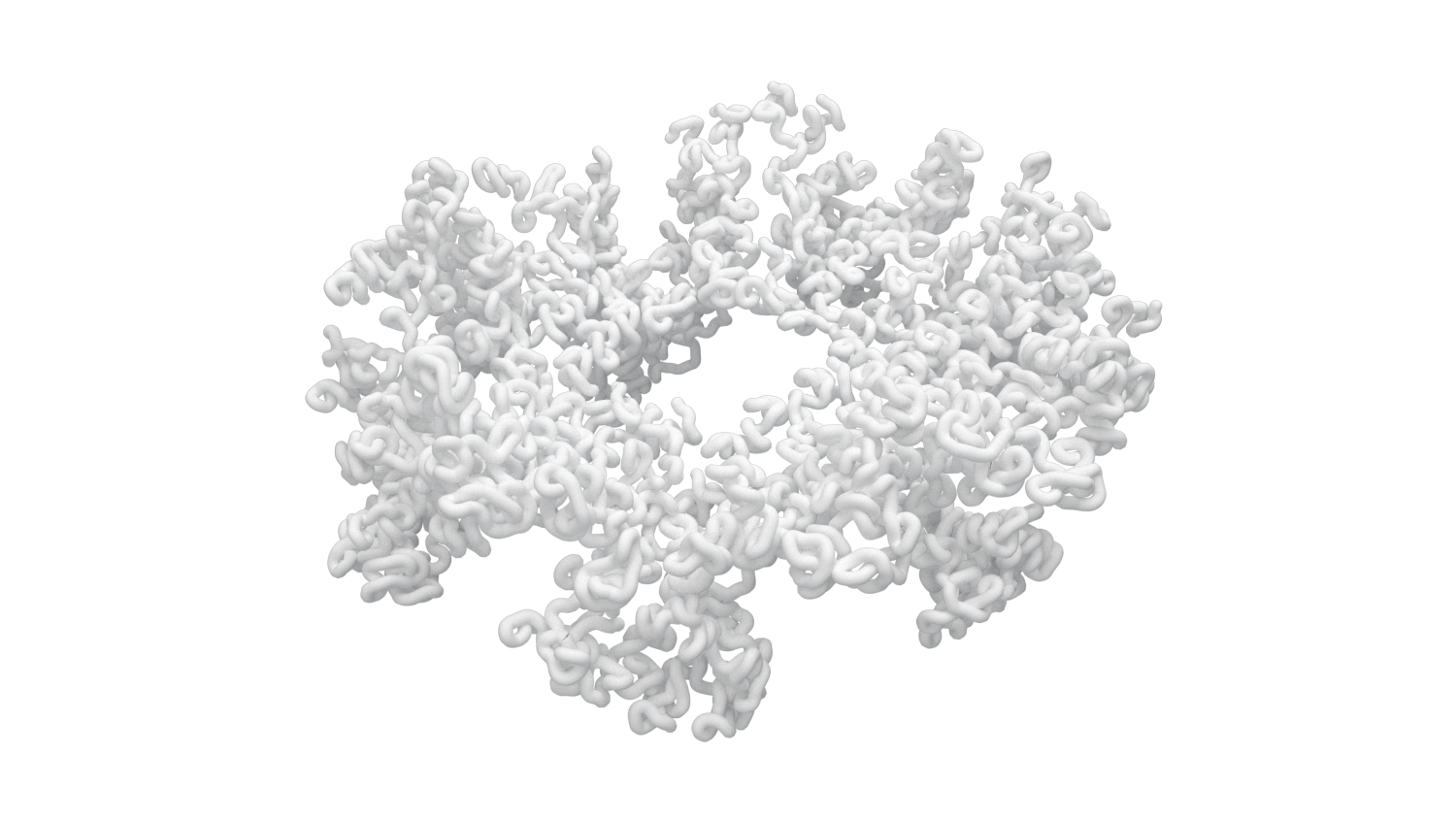
Digital Hyperbolic Crochet Initial Form Production (Circle)
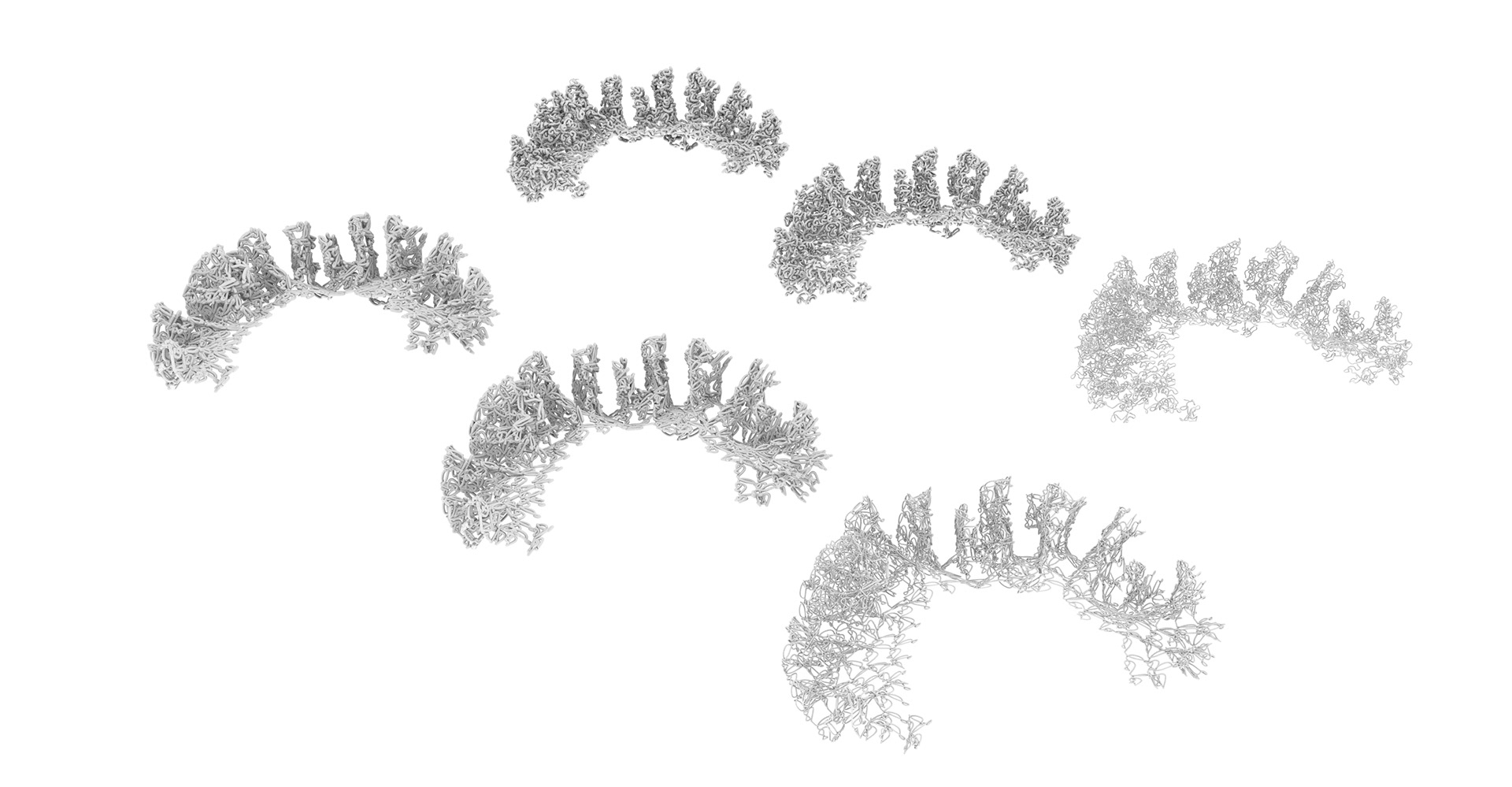
Digital Hyperbolic Crochet Thread Thickness Matrix (Semi-Circle)
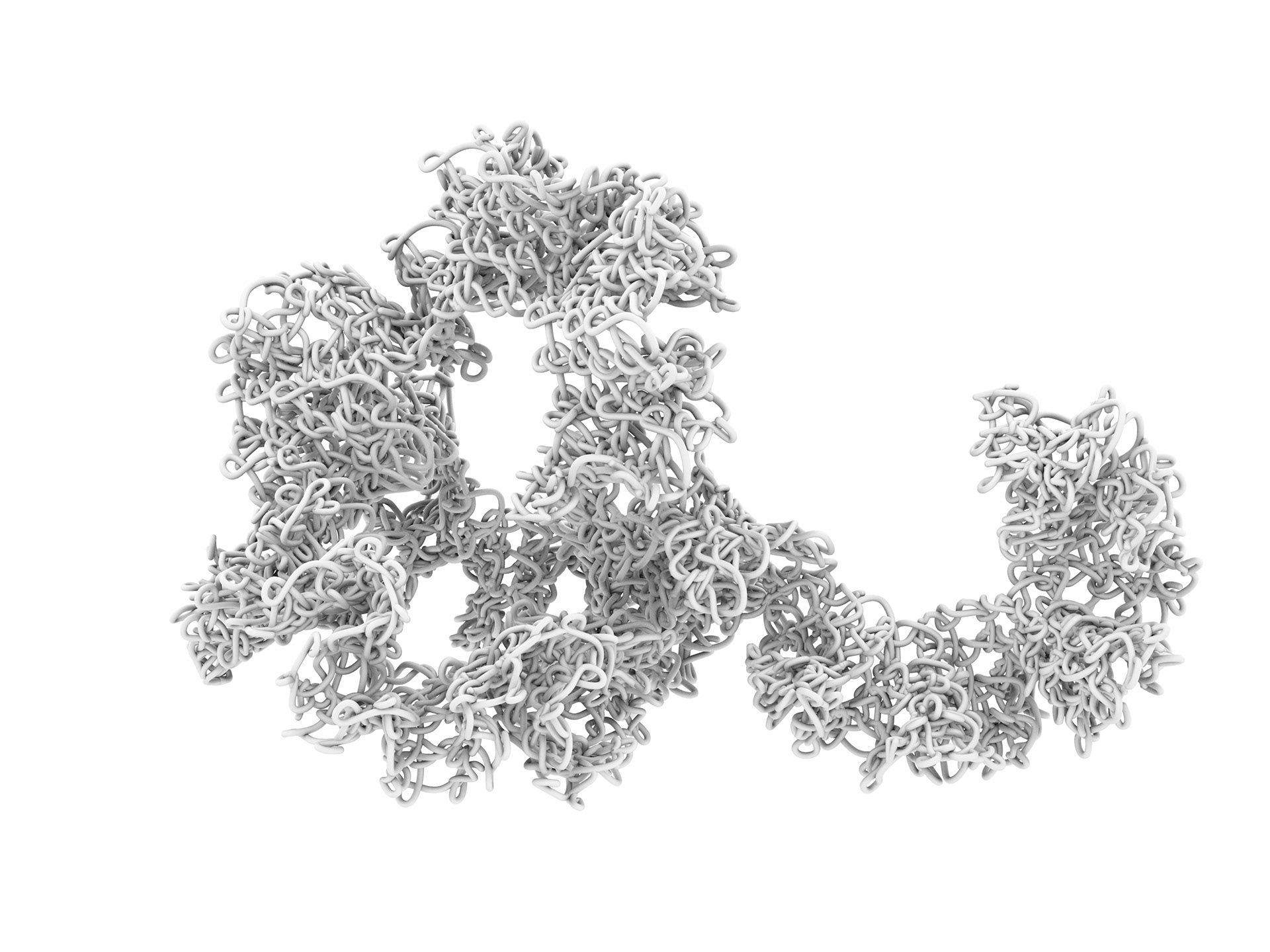
Precedent Study Assembly
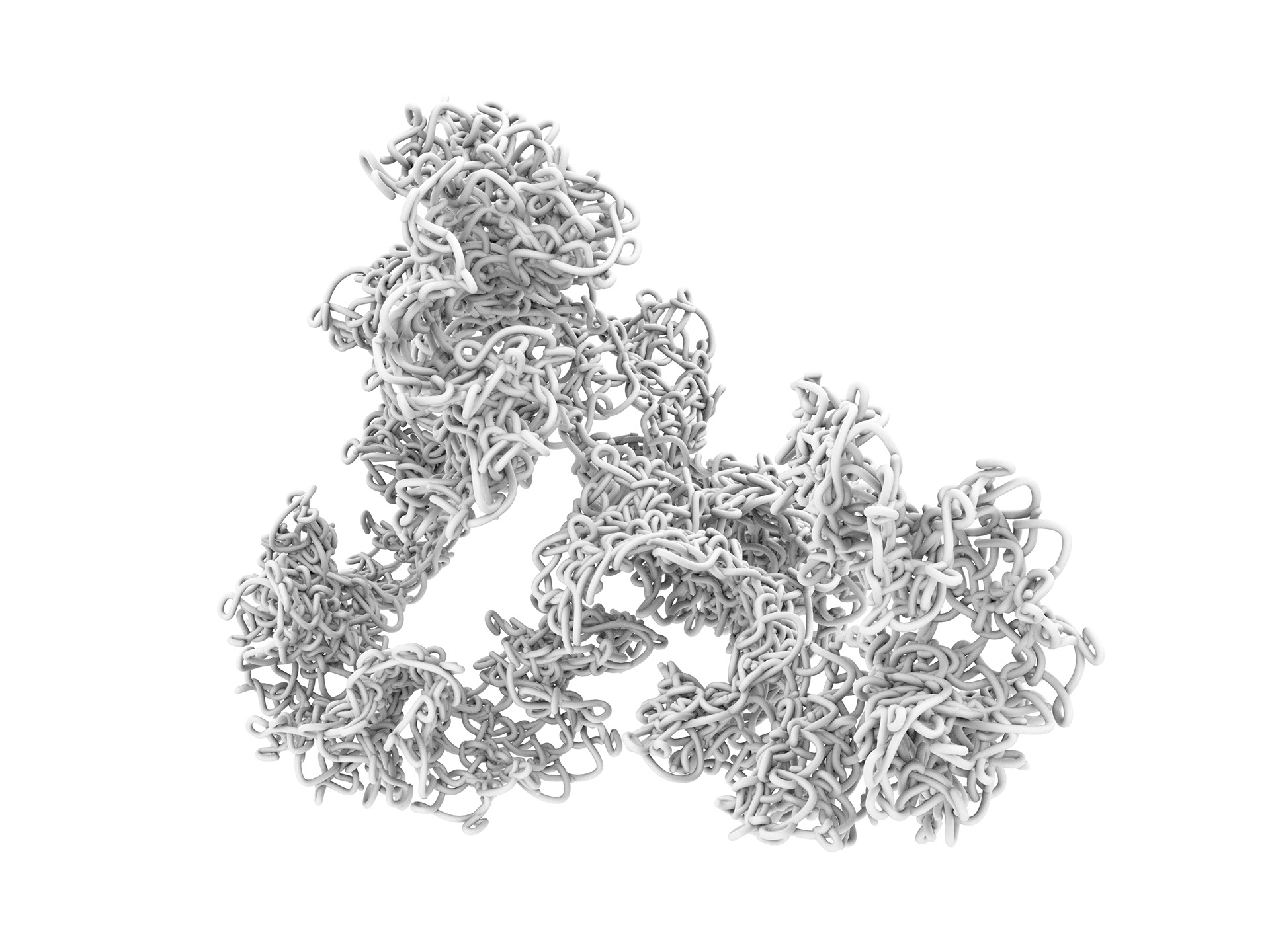
Precedent Study Assembly
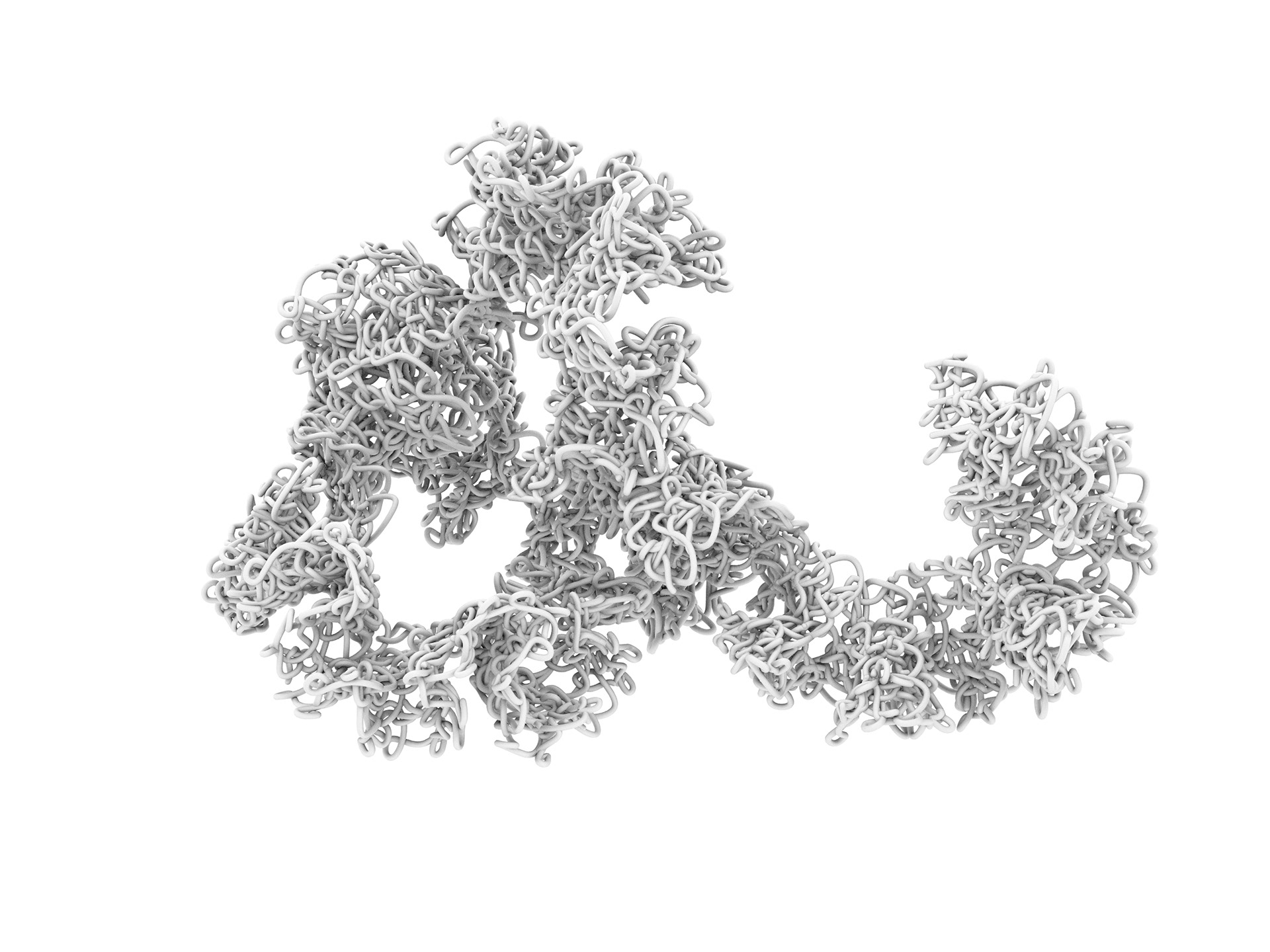
Precedent Study Assembly
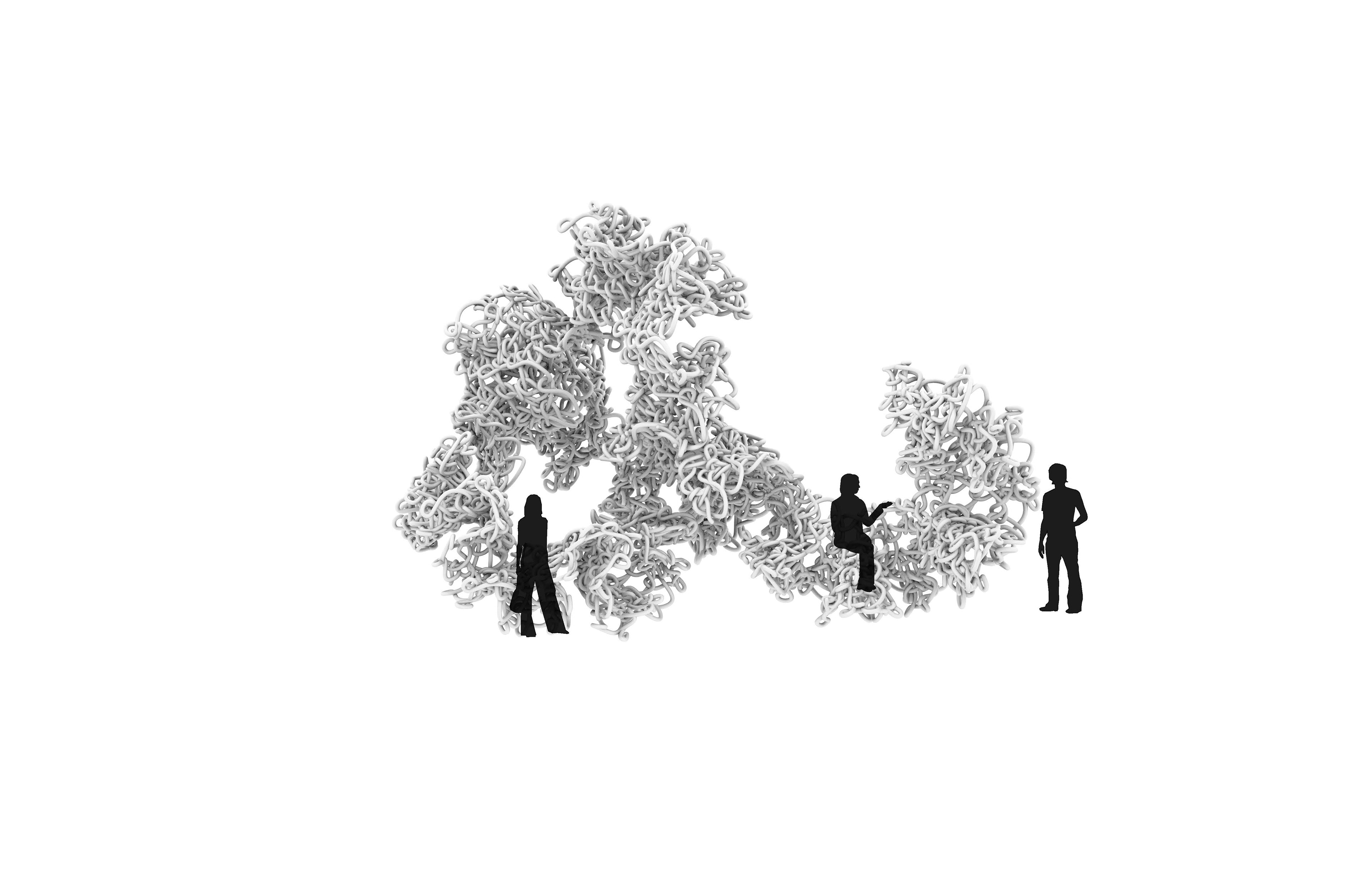
Precedent Study Assembly | Scale
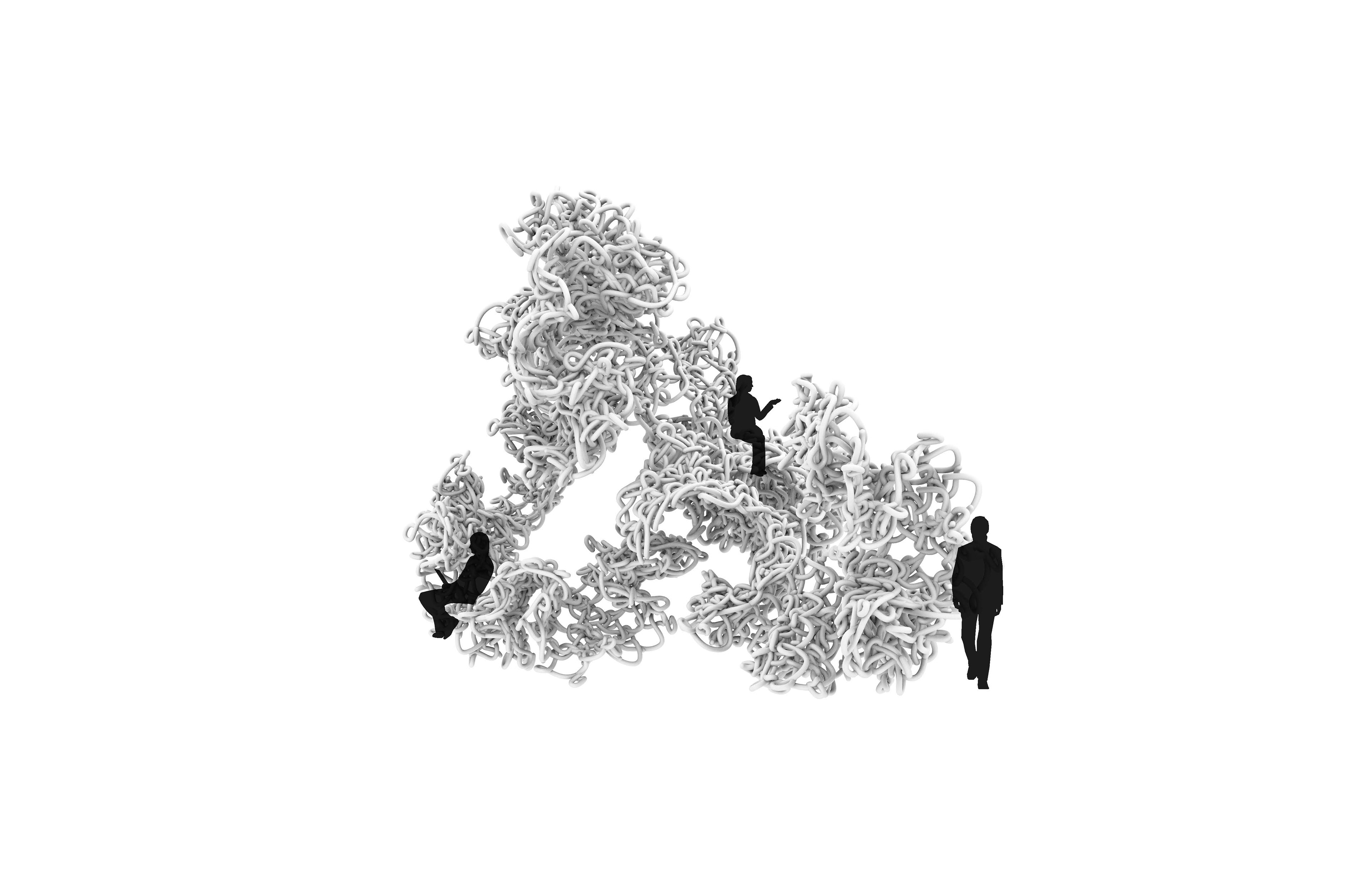
Precedent Study Assembly | Scale
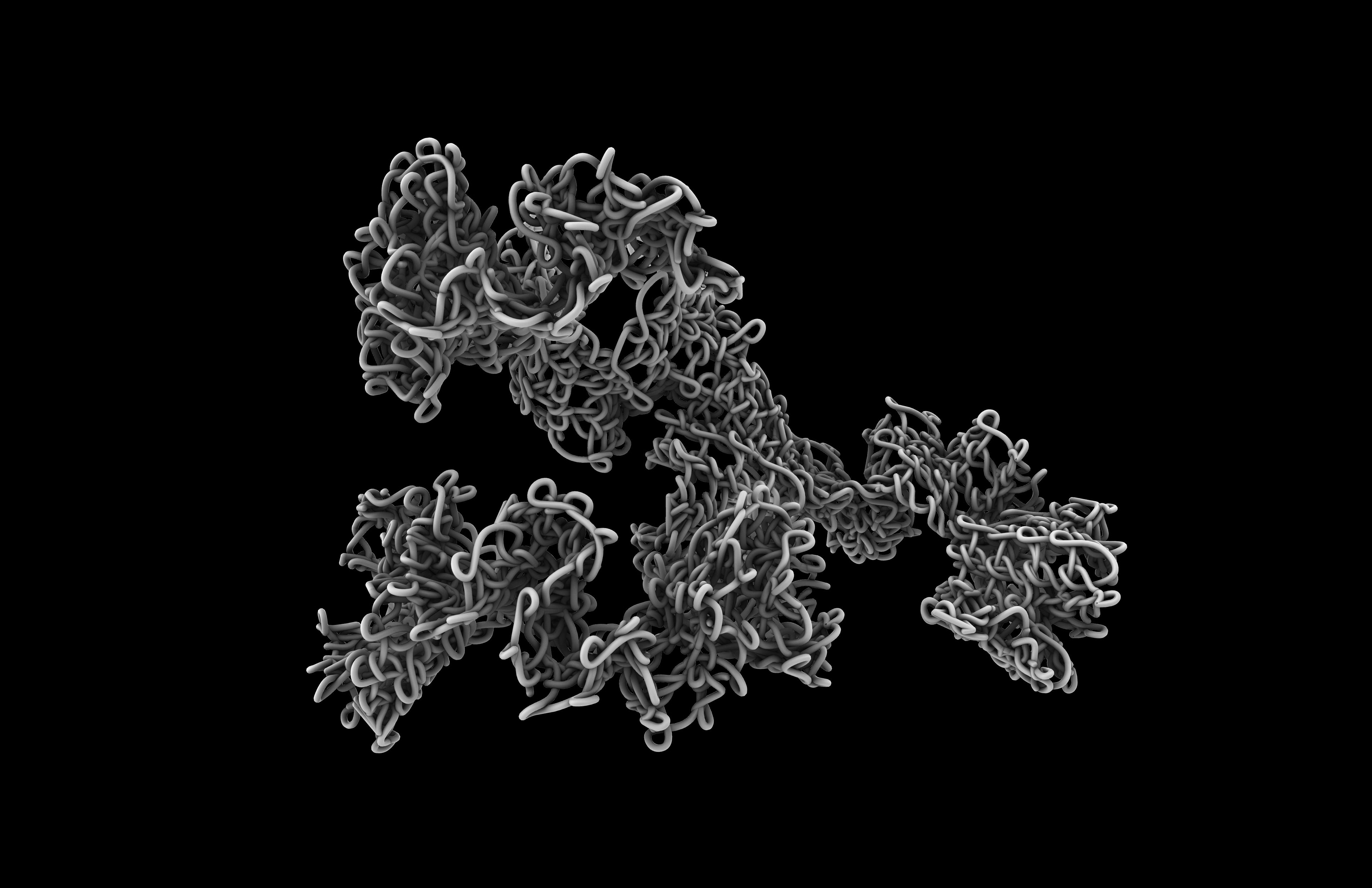
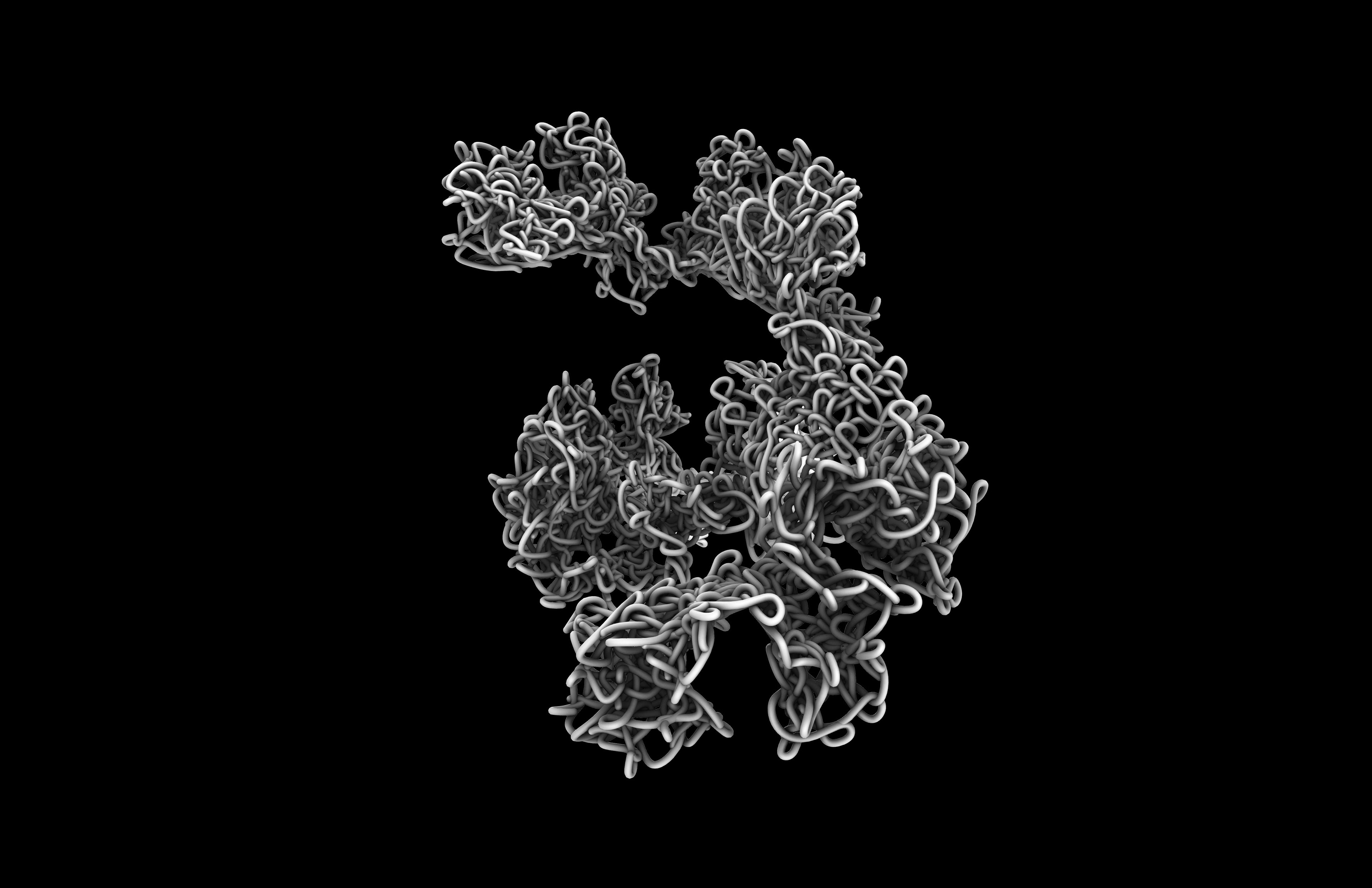
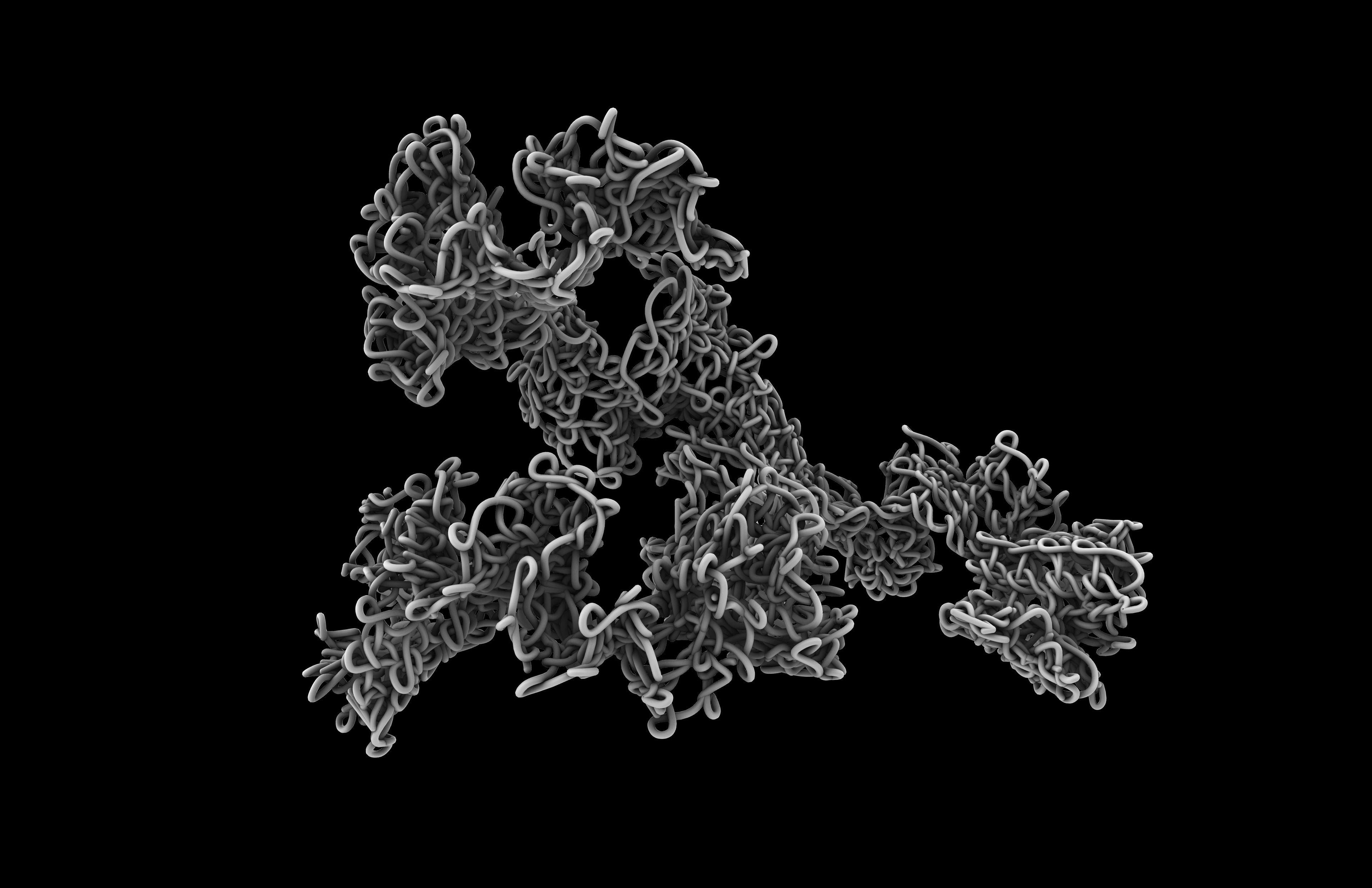
Final Design Project: Crocheted Cavity | In collaboration with Sofia Sosa and Abraham Wei
A hyperbolic crochet assembly design for a pavilion located deep within a cave. This pavilion works with the single stitch in various scales to work with the overall structure. The largest scale create the base in which the crochet grows upward from, an intermediate scale creates the main body structure and the smallest scale stitches work like a fabric infill, tightening up the structure and filling in the gaps.
